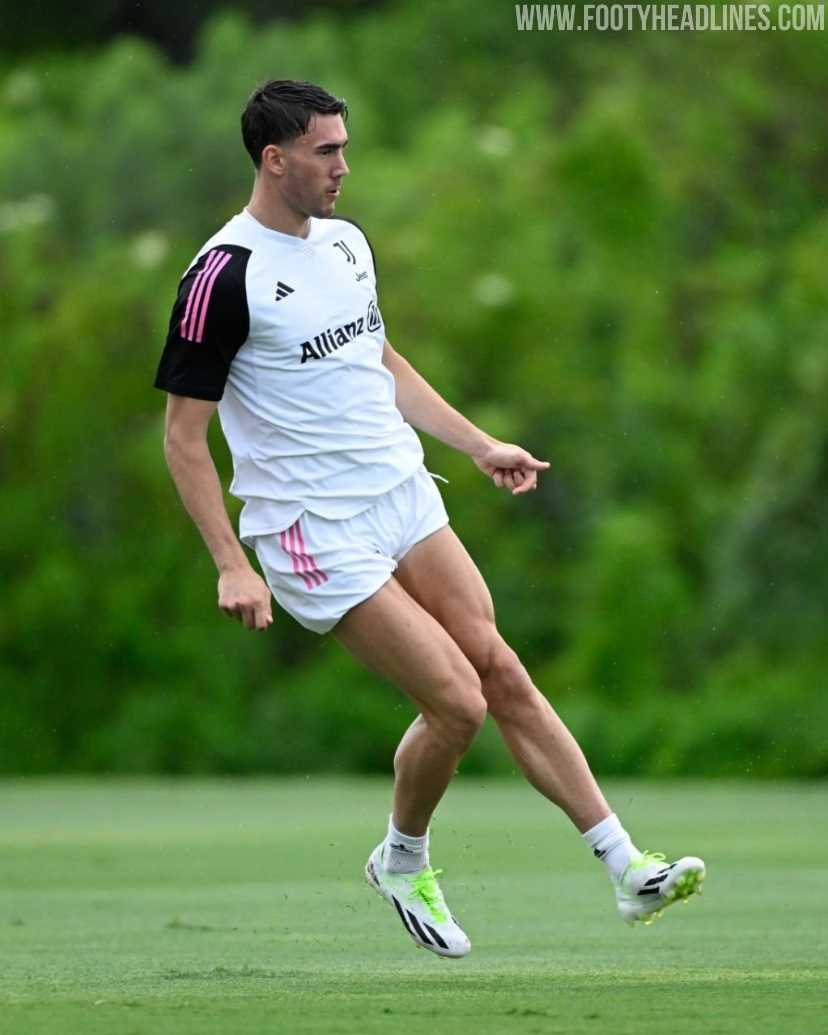In the realm of competitive sports, particularly in team-based games, each player assumes a critical role that significantly impacts the overall performance of their squad. The individual in question here holds a pivotal role that demands a blend of strategic insight and physical prowess. Their position is crucial for both defensive and offensive maneuvers, often bridging gaps and providing essential support throughout the game.
The responsibilities associated with this role extend beyond mere participation; they encompass tactical decisions, positioning, and the ability to adapt to the ever-changing dynamics of the match. This athlete’s contributions are integral to the team’s success, influencing both the immediate and long-term outcomes of their encounters.
Understanding the nuances of this position offers valuable insights into how different elements of gameplay come together to form a cohesive strategy. Their performance often serves as a benchmark for evaluating the effectiveness of various tactics employed during the game.
Role on the Field

In the realm of competitive football, the contributions of a specific player on the pitch are crucial for team dynamics. Their responsibilities encompass various aspects, from defensive duties to supporting offensive plays. This individual is pivotal in executing strategies and maintaining balance, influencing both the defensive and attacking phases of the game.
In defensive scenarios, their primary task involves shielding the backline, intercepting passes, and contesting aerial duels. They often engage in positioning themselves strategically to thwart the opponent’s advances and regain possession.
On the offensive end, their role extends to initiating attacks and providing width to the team. They frequently engage in crossing the ball and delivering key passes, creating opportunities for teammates to score. Their versatility allows them to adapt to different tactical setups, making them an asset in various formations.
Key Responsibilities in Fran Garcia’s Role
In the context of this player’s role, there are several crucial duties that contribute to the overall success of the team. These responsibilities require a combination of tactical awareness, positional discipline, and effective execution. The player must seamlessly integrate into various aspects of the game, balancing both defensive and offensive tasks while maintaining cohesion with teammates.
| Responsibility | Description |
|---|---|
| Defensive Coverage | Ensuring tight marking of opponents and preventing goal-scoring opportunities through effective positioning and interception. |
| Support in Attacks | Providing width to the attack, making overlapping runs, and delivering precise crosses into the opponent’s box. |
| Ball Distribution | Accurate passing to initiate and sustain offensive play while maintaining possession under pressure. |
| Positional Discipline | Staying within the assigned area of the field to ensure balanced team formation and defensive solidity. |
| Recovery Runs | Making quick recoveries to defend against counterattacks and support the defensive line when possession is lost. |
Defensive Skills and Tactics Explained
In the world of football, mastering defensive techniques and strategies is crucial for a team’s success. These skills ensure a solid backline, capable of neutralizing opposing attacks and regaining possession efficiently. Understanding and implementing effective defensive methods are vital for any player assigned to safeguard the goal area.
- Positioning: Proper positioning involves anticipating the opponent’s movements and positioning oneself to obstruct their path. A defender must remain aware of their placement relative to both the ball and their adversaries.
- Tackling: Successful tackling requires precise timing and technique to dispossess the opponent without committing a foul. Techniques such as sliding tackles and standing tackles are essential tools in a defender’s arsenal.
- Marking: Marking involves closely following and challenging an opponent, either man-to-man or zonal. Effective marking reduces the attacking options available to the opponent and prevents dangerous situations.
- Blocking: Blocking shots and passes is a fundamental skill that involves positioning one’s body to intercept the ball and prevent it from reaching the target area. This skill is crucial in disrupting the opponent’s offensive flow.
- Communication: Clear and constant communication with teammates is essential for coordinating defensive efforts. Effective verbal and non-verbal cues help in organizing the defensive line and reacting to changes in play.
Mastering these defensive techniques allows players to enhance their performance on the field and contribute significantly to their team’s overall defensive strength.
Defensive Contributions on the Field
On the pitch, the role of a versatile defender is crucial in maintaining team stability and thwarting opposing attacks. The player in focus has consistently showcased an exceptional ability to reinforce defensive lines and adapt to various tactical demands. His presence significantly enhances the team’s defensive structure, providing both resilience and strategic advantage during matches.
One of the standout attributes of this defender is his knack for intercepting passes and breaking up the opposition’s play. His quick reactions and anticipation allow him to position himself effectively, often intercepting critical balls and neutralizing potential threats. Additionally, his disciplined approach to marking opponents ensures minimal space for attackers, thereby reducing their chances of creating scoring opportunities.
| Attribute | Description |
|---|---|
| Interceptions | Demonstrates excellent timing and positioning to disrupt opposing attacks. |
| Marking | Consistently applies tight marking, limiting the effectiveness of opposing forwards. |
| Versatility | Adapts to different defensive roles as needed, contributing to overall team strategy. |
Comparing Player’s Role to Others
Analyzing the role of a player on the field involves understanding how their responsibilities and positioning compare to those of their teammates and opponents. Each player’s placement and duties contribute uniquely to the overall dynamics of the game. By examining these roles, we can better appreciate the strategic variations that different players bring to the team.
- Full-Back vs. Wing-Back: A traditional full-back typically focuses on defensive duties, while a wing-back has more freedom to advance up the pitch and contribute to the attack. This positional difference affects how each player supports their team both defensively and offensively.
- Central Midfielder vs. Attacking Midfielder: Central midfielders often balance both defensive and offensive tasks, maintaining possession and linking play. In contrast, attacking midfielders are more focused on creating scoring opportunities and positioning themselves closer to the opponent’s goal.
- Defender vs. Sweeper: Defenders are generally tasked with marking attackers and preventing goals, while sweepers play a more flexible role, clearing the ball from dangerous areas and covering defensive gaps.
- Striker vs. Forward: Strikers primarily focus on scoring goals, often positioned centrally to capitalize on scoring chances. Forwards, however, may operate more widely, engaging in build-up play and assisting other attacking players.
Comparing these roles highlights the diverse approaches players take based on their assigned tasks and positioning on the field. Each role has distinct responsibilities that contribute to the team’s overall strategy and performance.
Impact of the Player’s Role on Matches
The strategic placement of a player on the field significantly influences the dynamics of a game. By understanding how this role affects team performance, we gain insight into how different tactics are employed and how they can shift the momentum of a match. The impact of such a role extends beyond mere positioning, affecting both defensive and offensive strategies.
| Aspect | Impact |
|---|---|
| Defensive Strength | Helps in reinforcing the defense, often marking key opponents and intercepting crucial passes. |
| Offensive Contribution | Facilitates attacking plays by providing width and support in advancing the ball upfield. |
| Team Coordination | Aids in maintaining the structure and balance of the team, ensuring effective communication and movement. |
| Strategic Flexibility | Allows for adjustments in tactics based on the flow of the game, adapting to various opponents’ styles. |
Notable Achievements in Player’s Role
Throughout his career, the player has made significant contributions that stand out in his role. His impact is evident through various accolades and milestones that highlight his skills and influence on the field.
- Key role in securing major league titles with his team, demonstrating leadership and consistency.
- Received several individual awards recognizing his outstanding performance and contributions.
- Played a crucial part in memorable matches, often being a decisive factor in critical moments.
- Consistently ranked among the top performers in his position, reflecting his exceptional abilities and tactical understanding.




